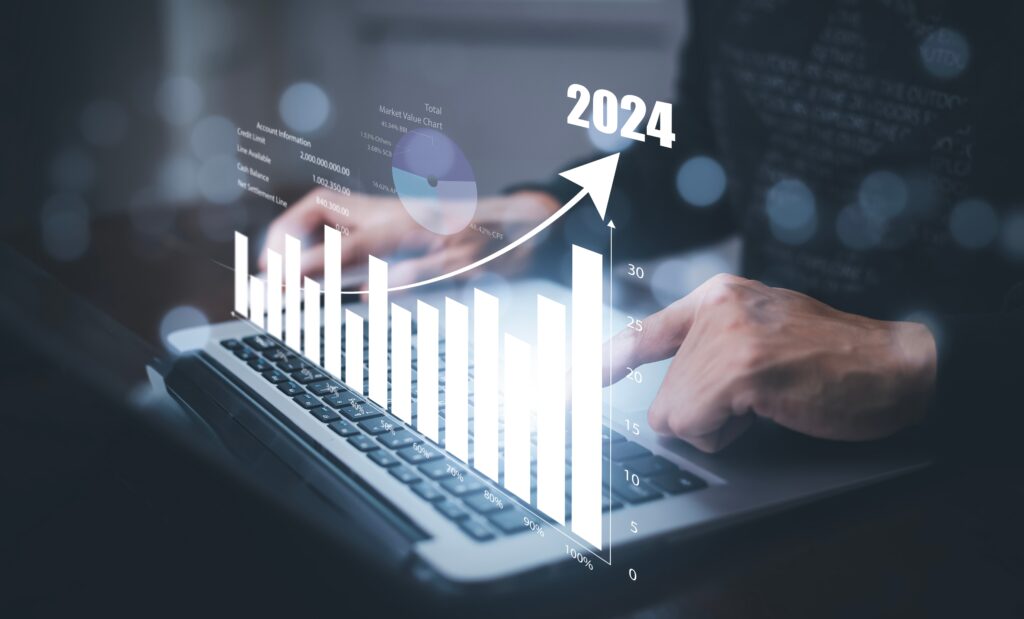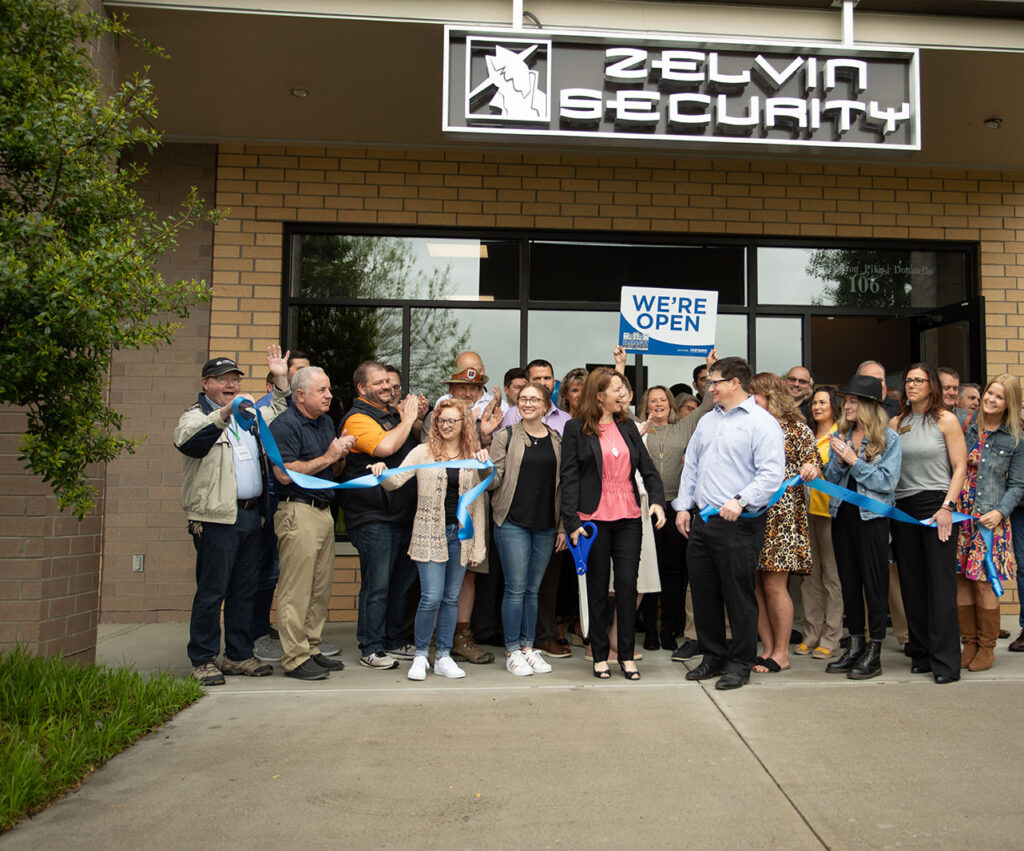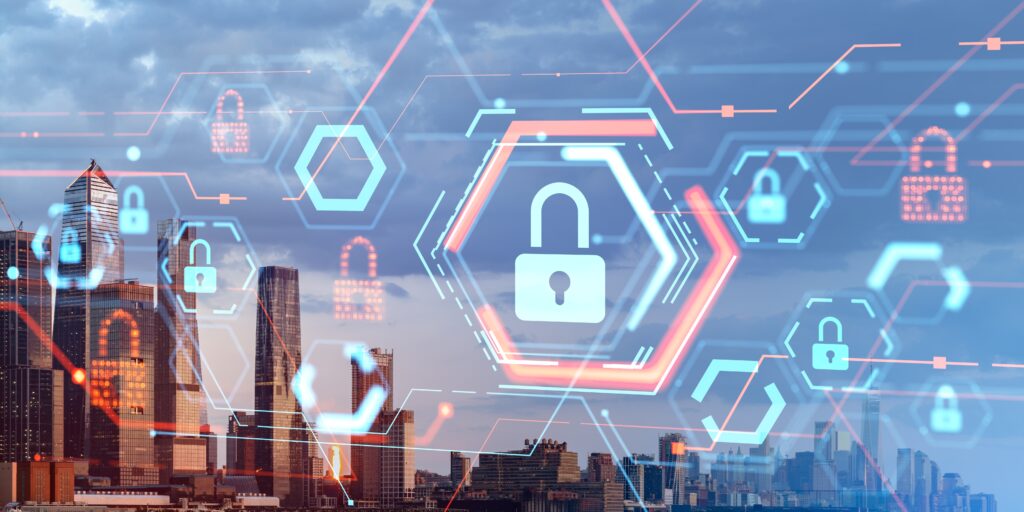
What ETEC Members Need To Know About Cybersecurity
What ETEC Members Need To Know About Cybersecurity
As a proud supporter of the East Tennessee Economic Council (ETEC) community, Zelvin Security presents the following information as a guide to improve the cybersecurity programs of ETEC member organizations.
One of the challenges all business leaders face is finding the delicate balance between competing company revenue goals and cybersecurity spending. On one hand, businesses are looking to grow, innovate, and serve customers in a more beneficial way. On the other hand, organizations are using technology to support innovation, and understand that when there is technology at hand, cyber risks are a possibility. So, how can your organization protect its investments into growth from cyber threats. And, how can you make decisions on how to address risks and uphold state and federal compliance requirements in a strategic and pragmatic way? (Especially in a world where cybersecurity threats are on the rise and budgets are not.)
Technology = Efficiency
Efficiency = Net Gain/Profitability
Where There is Technology There are Cyber Risks.
Here is on overview of the most common sources of cyber risks to keep in mind.
- Network Vulnerabilities – Flaws in a network infrastructure,protocols, or vulnerabilities that can be exploited by hackers to gain unauthorized access, disrupt operations, and steal data. Types of network vulnerabilities include externally facing devices or services, cloud environments, on prem (internal) subnets, hosts and devices, the perimeter, and of course anything else that has access to the network environments.
- Web Applications – The external resources that your organization relies on to accomplish tasks. Each department uses different tools to fulfill their job. Everyone uses a communication method of some kind. (Outlook, Slack, Teams, etc.). The sales team uses a CRM to manage leads and deals and HR uses payroll software, third party job posting sites, and other types of software to perform essential job duties. The list goes on, but you get the gist!
- Vendors – Some businesses rely heavily on vendors to keep operations running smoothly and provide essential services. A few common examples are Microsoft Office, Google Cloud, Dropbox, payment processors, website hosts, CRMs, physical security providers, and the list goes on. Vendors provide the materials, tools, or services that enable your business to serve your customers. While they might not have direct network access, a compromise on their end could still lead to an attack on the confidentiality, integrity, or availability of critical business processes.
- APIs – These are communication “bridges” that allow applications to interact and exchange data. APIs can be exploited through weak various security weaknesses or lack of best practices which can leave lots and lots of information inadvertently exposed.
- Source Code – Source code serves as the foundation of software applications and is translated into machine code for computers to understand and execute. Sometimes applications are developed using free/open sourced code. Non-native code can lead to unintentional cyber risks?
- IoT Devices – These include any devices connected to your network. Wireless printers, security cameras connected to internet, the router in your office. Vulnerabilities of IoT devices may not be your fault, but they pose a serious risk if left unchecked.
- People – As much as we hate to admit it, humans are flawed. We fall victim to phishing scams, social engineering, creating weak passwords, and more. The people are a great asset, and a great risk without building a cybersecurity culture within your workspace. How many employees reuse their online shopping password for their work password?
Finding the Balance Between Technology and Cybersecurity
Our team of Ethical Hackers work by the Zelvin Security values to improve your security strength on an ongoing basis, keeping up with the evolving cyber risks we mentioned earlier.
Ultimately, we strive to work together to make effective, financially conscious decisions for each organization that we work with.
When we meet with your IT Team (an internal team or MSP that manages day-to-day operations), we will discuss your organization’s priorities and cyber threats. (This is not a one-size-fits-all solution!) Factors that go into building your cyber strategy include:
- Industry compliance requirements
- Understanding your current goals/setting new ones
- Current practices
- Your budget
- Prioritizing the most critical and high risks
- Develop a testing plan that’s sensible and clear
After creating a strategy tailored to meet your needs, we’ll perform the decided tests so we can give you the solutions to reduce cyber risks efficiently. Each test is accompanied by written evidence of findings for technical / non technical audiences, and step-by-step instructions to mitigate or remediate risks.
Do you have cyber related questions?
Catch up with us “in the room” on Friday morning or give us a call. We’ll gladly share our knowledge and experience with you.
We are here to support your organization.
Call (865) 321-1970 or Email info@zelvin.com
In the diverse landscape of cybersecurity, two distinct yet collaborative providers play pivotal roles in defending your digital space: IT Providers and Ethical Hackers. While their ultimate goal is to enhance the security posture of organizations, they approach the task…
More digital tools = more cyber risks. Does your organization use technology? Do you store client, employee, and confidential data? Few can say no, as business are efficiently scaled using digital tools to automate operations, store data, and communicate internally…
The 7 important cybersecurity strategies you can implement TODAY to help protect your network against malicious hackers. There were 28,775 known vulnerabilities in 2023, which is the highest ever recorded by National Institute of Standards and Technology in the National…
39 Cybersecurity experts, including Zelvin Security’s President, Jeff Atkinson, took to LinkedIn to address the effectiveness of vulnerability scanners to proactively protect your network. What is a vulnerability scanner? These are software applications that scan a network for known vulnerabilities….
K-12 Education Cybersecurity is increasingly more important for school district officials. Security is worth the investment.
As a proud supporter of the East Tennessee Economic Council (ETEC) community, Zelvin Security presents the following information as a guide to improve the cybersecurity programs of ETEC member organizations. One of the challenges all business leaders face is finding…
These are the core values that guide the daily work of Zelvin Security, a cybersecurity consulting firm.
Because securing digital assets is as important as locking an office door. Cybersecurity isn’t just a “nice-to-have" - It’s a must to keep your financial health and reputation intact.
Strengthen the cybersecurity of third-party vendors to enhance your organizations security posture. Use the resources in this article as a starting point to implement proactive measures.
How to Efficiently Allocate Cybersecurity Funds The economy has become more reliant on digital assets than ever before. Cybercrime is at its highest. The cost and consequences of data breaches are on the rise. This means we have to…










